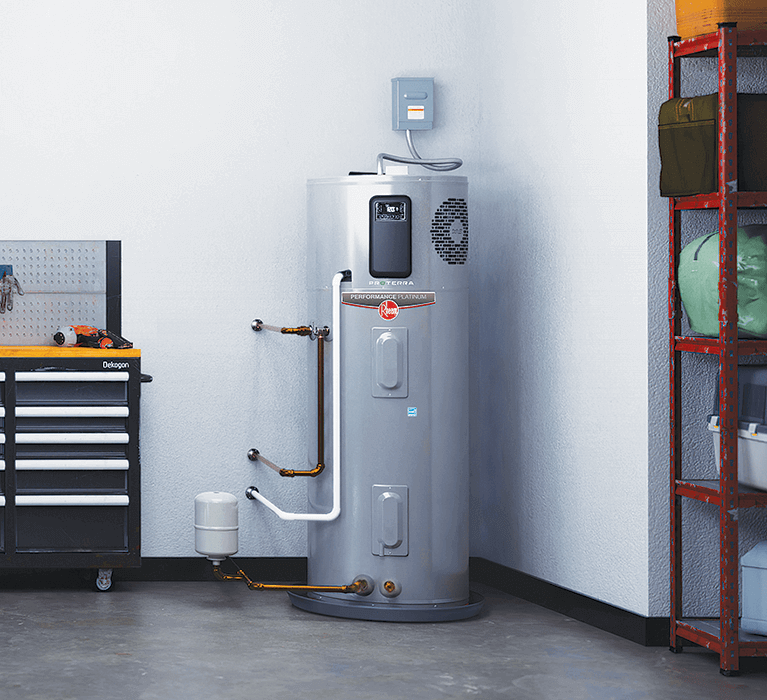Expert Guidance on Caring for Your Home's Hot Water SystemImportant Advice on Caring for Your Home's Hot Water System
Expert Guidance on Caring for Your Home's Hot Water SystemImportant Advice on Caring for Your Home's Hot Water System
Blog Article
We have stumbled upon this article relating to Tips For Maintaining Your Hot Water Heater listed below on the internet and decided it made perfect sense to talk about it with you on my blog.

Warm water is necessary for day-to-day comfort, whether it's for a revitalizing shower or cleaning dishes. To guarantee your warm water system runs efficiently and lasts longer, normal maintenance is crucial. This post provides useful pointers and insights on exactly how to keep your home's hot water system to prevent disturbances and costly repairs.
Introduction
Keeping your home's hot water system may seem complicated, but with a few straightforward actions, you can guarantee it runs smoothly for many years to find. This overview covers everything from understanding your hot water system to DIY upkeep pointers and knowing when to hire expert aid.
Value of Keeping Your Hot Water System
Regular maintenance not only extends the lifespan of your warm water system however additionally guarantees it runs successfully. Overlooking maintenance can result in decreased effectiveness, higher energy expenses, and even premature failure of the system.
Indications Your Hot Water System Demands Upkeep
Knowing when your hot water system needs focus can protect against significant concerns. Keep an eye out for indicators such as inconsistent water temperature level, odd sounds from the heating unit, or rusty water.
Comprehending Your Hot Water System
Before diving into maintenance tasks, it's useful to understand the standard parts of your warm water system. Normally, this includes the water heater itself, pipes, anode rods, and temperature level controls.
Month-to-month Maintenance Tasks
Regular monthly checks can help capture small problems before they escalate.
Purging the Hot Water Heater
Purging your hot water heater eliminates sediment buildup, improving performance and lengthening its life.
Monitoring and Replacing Anode Rods
Anode rods protect against rust inside the tank. Examining and replacing them when broken is important.
Inspecting and Readjusting Temperature Level Settings
Readjusting the temperature setups makes sure ideal performance and safety.
Do It Yourself Tips for Upkeep
You can carry out numerous upkeep tasks on your own to keep your warm water system in top problem.
Looking for Leaks
Regularly evaluate pipes and links for leakages, as these can result in water damage and greater expenses.
Testing Pressure Relief Valves
Testing the pressure relief valve guarantees it works appropriately and protects against extreme pressure accumulation.
Insulating Pipelines
Insulating warm water pipes minimizes warm loss and can save power.
When to Call an Expert
While do it yourself maintenance is valuable, some problems require expert knowledge.
Facility Issues Needing Professional Assistance
Examples include significant leaks, electric problems, or if your hot water heater is regularly underperforming.
Regular Professional Upkeep Benefits
Specialist maintenance can consist of thorough assessments, tune-ups, and ensuring compliance with safety and security standards.
Conclusion
Normal maintenance of your home's hot water system is crucial for efficiency, durability, and cost savings. By adhering to these tips and understanding when to look for professional assistance, you can make certain a reliable supply of hot water without unanticipated disruptions.
Water Heater Maintenance Tips
Test the TPR Valve
Shut off the power and the cold-water supply valve. Place a bucket under the pipe connected to the temperature-pressure-release (TPR) valve on the top or side of the tank. (This valve opens if the tank pressure gets too high.) Lift the valve’s tab to let some water out, then let go. If water keeps flowing, drain the tank partway, unscrew the old valve with a pipe wrench, and install a new one. Check the Anode Rod
Put a hose to the tank’s drain cock and let out a few gallons of water. Now fit a 1 1/16-inch socket onto the rod’s hex head on top of the heater (or under its top plate) and unscrew the rod. If it’s less than ½ inch thick or coated with calcium, buy a new one, wrap its threads with Teflon tape, put it back in the tank, and tighten securely. Use this segmented rod if headroom above the tank is limited. Drain the Tank and Wash Out Sediment
Drain the remaining water in the tank into the bucket, then stir up the sediment on the tank’s bottom by briefly opening the cold-water supply valve. Drain and repeat until clean water comes out of the hose. Close the drain cock, refill the tank, and turn its power back on. Adjust the Temperature
Find the temperature dial on the side of the tank and unscrew its cover. Adjust the dial to 120 degrees using a flathead screwdriver. For every 10 degrees the temperature is lowered, you can expect to save up to 5 percent in energy costs. Turn the water heater off or the thermostat down to its lowest setting if you plan to be away from home for more than three days. Insulate the Pipes
Buy some self-sticking 3/8-inch-thick foam pipe insulation that matches the pipes’ diameter. Slide the foam over the hot-and cold-water pipes as far as you can reach. Insulating the cold-water pipe prevents condensation in summer. Peel the tape and squeeze the insulation closed. If the pipe is 6 inches or less from the flue, cover it with 1-inch-thick unfaced fiberglass pipe wrap. https://www.thisoldhouse.com/plumbing/21016402/how-to-maintain-a-water-heater

Hopefully you enjoyed reading our excerpt on Water Heater Maintenance Tips You Can't Afford to Forget. Thanks so much for taking the time to browse our blog post. Do you know somebody else who is excited by What Kind of Maintenance Do Water Heaters Need?? Take a moment to share it. I am grateful for being here. Revisit us soon.
Schedule An Appointment Report this page